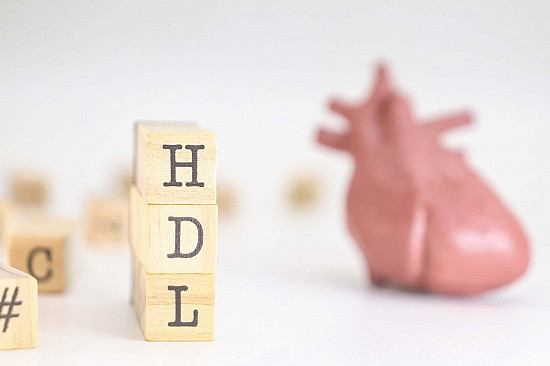Medical memo: Semen quality and survival
How healthy are you, and how does your life expectancy stack up against the average? To answer these questions, your doctor will ask about your smoking, drinking, diet, and exercise. He'll measure your cholesterol, blood pressure, blood sugar, and weight or waist size. And he may ask if you're happy or stressed and if you sleep well.
These facts and numbers do count; men who rate well in midlife stay healthier and live longer than gents who score poorly. Still, scientists are always looking for additional measurements that predict survival. And research from Denmark proposes an unlikely candidate: semen quality.
Danish data
Between 1963 and 2001, the Copenhagen Sperm Analysis Laboratory performed semen analyses on 51,543 men, most of whom were referred because they or their partners had concerns about fertility. Men who lacked sperm in their semen and men with various diseases related to testicular function or sexual health were excluded from the analysis of life expectancy, leaving a study population of 43,277 men.
Each of the men had been given a unique personal identification number that linked to the Danish Civil Registration System, which contains comprehensive information on all cases of cancer, all causes of death, and the number of children in the population. By tracing each sperm donor's ID number through the registries, the researchers were able to correlate the results of the original semen analysis with subsequent parenthood and health outcomes during a 38-year period.
The results showed a clear link between semen quality and the rate of death. As the number of sperm increased up to a threshold of 40 million per milliliter of semen, the mortality rate declined steadily; the men with the highest sperm counts enjoyed a mortality rate 43% lower than the men with the lowest counts. Similar survival benefits were evident as other measurements of semen quality improved, including semen volume, sperm motility, and the percentage of structurally normal sperm.
Fatherhood can have a substantial impact on socioeconomic status, emotional well-being, and other aspects of lifestyle. But since the scientists found a similar relationship between better semen and improved survival in men with and without children, fertility and parenthood cannot explain the relationship between semen quality and life expectancy.
The apparent protective effect of high semen quality extended to a broad range of diseases, suggesting that specific lifestyle factors do not explain the findings. Instead, the Danish scientists postulate that semen quality may be a reliable biomarker of overall health and life expectancy.
Perspectives
Many insurance companies ask men to have physical exams and submit blood and urine samples before they issue life insurance. Will they now ask for semen samples as well?
Not anytime soon. More research is needed to confirm a link between semen quality and life expectancy. Although the Danish study is large and is based on 38 years of mortality data, additional research should include information about factors that may affect both sperm quality and life expectancy, including age, exposure to insecticides and toxins, tobacco and alcohol use, obesity, and hormone levels.
If nothing else, the Danish research is likely to spur new studies of semen quality, health, and survival. It's an interesting and important area in its own right, and it may have broader implications. The Danish investigation examined only individual mortality rates, no small issue. But since some studies raise the possibility that semen quality has declined over time, the research may have implications beyond the life expectancy of an individual man to the survival of mankind.
Disclaimer:
As a service to our readers, Harvard Health Publishing provides access to our library of archived content. Please note the date of last review or update on all articles.
No content on this site, regardless of date, should ever be used as a substitute for direct medical advice from your doctor or other qualified clinician.















